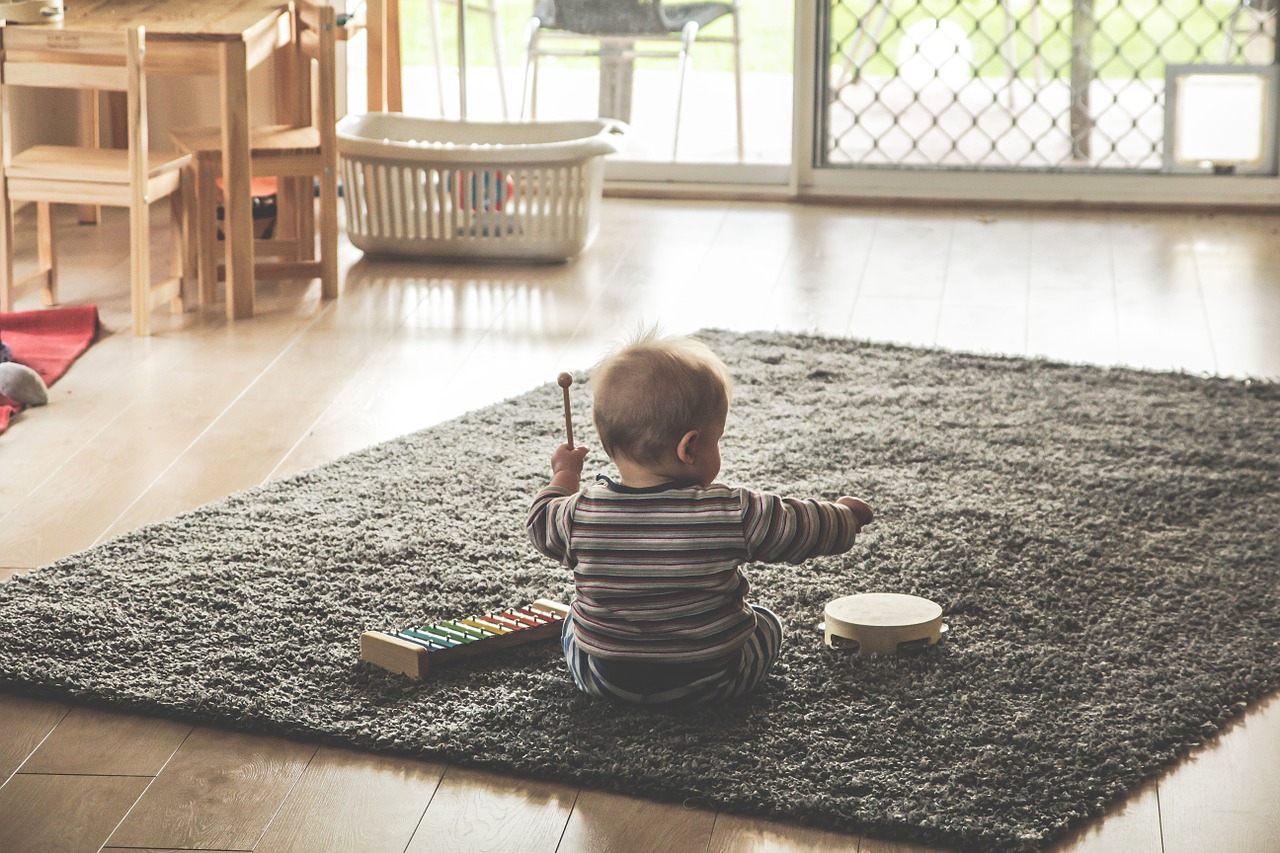
Living with young children is busy and a lot of fun. But you also have to be particularly attentive. Behind many everyday household and utility items are potential sources of danger – for example, sockets, plants, and cleaning agents. Even the paint on the walls of your home could be toxic to you and your child.
Young children are not yet able to properly assess risks. That’s why, as a mom (and a parent), It’s always important to assess your surroundings (your home) to make sure your child is safe every single day.
Your Home, Your Choice of Paint
If you have transferred to a newly built home, there is less risk that the builders of your new home used lead-based paint. Nonetheless, with homes built 60 years ago, leaded paint was standard in residential construction. Nobody thought of the health dangers at the time. Contaminated apartments urgently need to be refurbished today, and under no circumstances should children stay there.
So if you are planning on moving to a new home, know the details of the building before even signing a lease contract. And if you are renovating a century-old house, make sure to use paint that passed regulatory standards. Or you can always hire a house painter near me.
Child-proof apartment
Stairs, fireplaces, and balconies can be easily secured with a grid. Lace and sharp edges can be cushioned off at least temporarily. For cupboards with fragile cookware or pointed cutlery, it is best to be on the safe side and lock them with a parental control system.
Fragile things, such as precious vases, are best placed at the top. Fixing high shelves directly on the wall can make sense if you have a small climber at home.
Curiosity knows no bounds
Children are explorers. They fall, pull themselves up on tablecloths, and open anything that is not rivet-and-nail-proof. The cupboard with cookware, the bookcase – everything is cleared out. It is important to make the apartment so secure that you do not always have to say “no” because this is exhausting not only for you but also for your child. “Growing up” should be fun and not associated with bans! Go through the apartment and think about where there are sources of danger everywhere. In the sight of your child, you get a good overview in a hurry. Go into the squat or crawl yourself on all fours.
Caution with liquids
Always keep glass cleaners, sharp cleaning items, and rinse tabs out of reach of children. This can significantly reduce the risk of your child putting colorful tablets or liquids in their mouths. So it is also best to store everything at the very top of the shelf and provide cupboards with a parental control system.
You should also be careful when liquids are hot. With stove protection, it is easy to prevent small children from reaching for hot plates or from getting boiling water. Coffee cups or soup bowls with hot contents can also fall down when pulling at the tablecloth.
Safety in technology
When purchasing electrical appliances and toys, pay attention to test marks such as the CE mark, the GS (Tested Safety) mark or the triangular VDE seal, which ensure a high safety standard.
Cables from electrical appliances are best placed away from children’s hands, preferably in the closet and above hip height. Sockets can be easily protected from researching children’s fingers with cover caps. Unfortunately, small researchers quickly pinch their fingers on drawers. Special care should be taken here, as well as when using the dishwasher.
Attention to plants
Leaves and berries are tempting for many children and are quickly put into the mouth or swallowed down. There are also poisonous herbs and plants that can cause internal or external poisoning through contact. These include plants such as Alpine Veils, Ficus, Christmas Star, Dieffenbachia, and Amaryllis.
If you use clay beads for your plant pots, you should definitely exchange them for soil. The small balls of toddlers are too happy to be put into the mouth. Particularly fine granules can even be inhaled and thus get into the bronchi.
